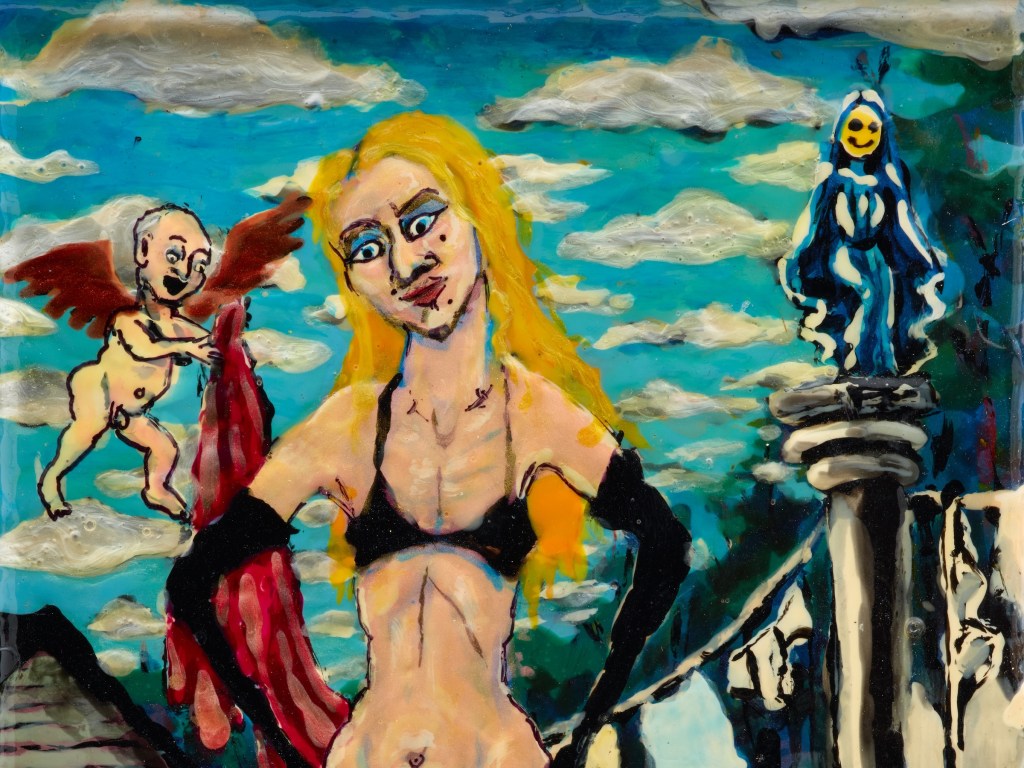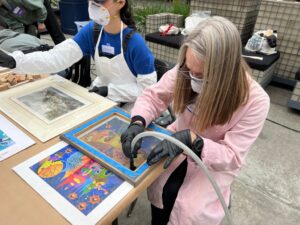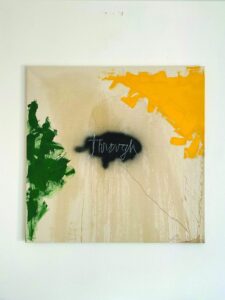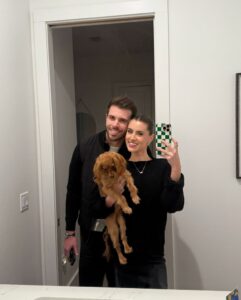From a Soho Loft to the World’s First LGBTQ+ Art Museum



This article is part of Hyperallergic’s 2025 Pride Month series, spotlighting moments from New York’s LGBTQ+ art history throughout June.
In conjunction with the Stonewall Riots, there were many factors involved in moving the needle in favor of gay and trans visibility in New York City in 1969 — one of which was a designated gay arts scene pioneered by partners, collectors, and activists Charles Leslie and J. Frederic “Fritz” Lohman that paved the path for what we now know as the Leslie-Lohman Museum of Art in Manhattan.
Based at the time in gritty, post-industrial SoHo, Leslie and Lohman initially developed a gallery exhibition devoted to showing and selling their collection of gay and homoerotic art in their Prince Street loft that year, and mounted two more exhibitions with wild success before officially opening the Leslie Lohman Gallery on Broome Street in 1972. The gallery struggled but survived for about a decade, primarily displaying art of the White, gay, and male persuasion (such as Tom of Finland) and later incorporating more women artists including Marion Pinto, a close friend of the couple. Staving off police intimidation and low profits, the gallery ultimately closed in 1981 as many of its exhibiting artists and reputed collectors succumbed to AIDS as the crisis ballooned throughout New York City and beyond.

This certainly wasn’t the last step for Leslie and Lohman, who knew that the deadly epidemic made it even more crucial to collect, preserve, and promote LGBTQ+ art. The couple co-founded the Leslie-Lohman Gay Art Foundation as a nonprofit in 1987, but its nonprofit status was held up by Internal Revenue Services until 1990 over the inclusion of the word “gay” in the name. Regardless, the couple re-opened their gallery in a Prince Street basement, where it would operate until 2006 when it shifted above-ground to 26 Wooster Street.
The foundation was granted museum status in 2011 and it became accredited in 2016, making it the first museum devoted to gay art in the world at the time. In addition to rotating exhibitions and a growing collection, the museum boasts robust public programming at the intersection of art, storytelling, social justice, and diversity.

Stamatina Gregory, head curator and director of exhibitions and collections at the museum, told Hyperallergic that the institution simultaneously “prioritizes acquisitions by living, working artists” while “steward[ing] works by artists who were underrecognized in life, or whose lives were cut short, often by HIV/AIDS.” Gregory also noted that the collection has already grown by 40 works throughout 2025, especially highlighting a recent acquisition of a work by the late Jeremy Caja, who was a mixed-media artist and drag performer revered by the San Francisco queer community.
“The Birth of Venus in Cleveland” (1988) is a prime example of Caja’s miniature paintings, Gregory explained, made with “drag queen’s handbag” mediums like eye shadow, glitter, and nail polish.
“It’s a hilarious and beautiful synthesis of Caja’s performance mythography and personal symbolism, influenced by his religious upbringing, gender non-conformity, and the art historical grotesque,” Gregory said.
Judy Giera, the museum’s associate director of collections, told Hyperallergic that the museum’s “work and activism is, and has always been, to rightfully conjoin queer art and art history.”
“Or rather, maybe we are pointing out that queer art and art history have always been intertwined — we just shine a light on that interplay where the cis-het, straight art world refuses to fully see it, uplift it, or find joy in it,” Giera continued. “We preserve the queer artists who would be lost to history, for as we’ve known all along, no one else will ever bother to do it for us.”







